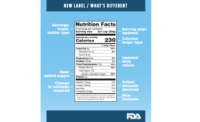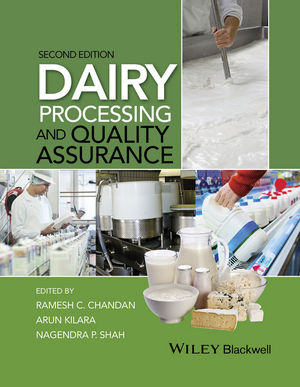Food safety
Dairy processing facilities must follow new FDA intentional adulteration rule
This rule in many respects parallels the Preventive Controls Rule for Human Food with the exception that it deals with intentional bad acts.

On May 27 FDA issued the last of the seven major rules under the Food Safety Modernization Act entitled Mitigation Strategies to Protect Food Against Intentional Adulteration, otherwise known as the Food Defense Rule. The rule will cover approximately 9,800 food facilities and is estimated to cost as much as $930 million to implement in the first year.
The rule requires covered facilities to create and maintain written food defense plans. The plans must identify vulnerabilities, actionable process steps (places where contamination could occur), mitigation strategies, procedures for food monitoring, corrective actions and verification. Food defense plans must be reanalyzed every three years.
This rule in many respects parallels the Preventive Controls Rule for Human Food with the exception that it deals with intentional bad acts. There are a number of exemptions including animal food, alcohol, very small businesses and food that is being held, except for food held in liquid storage tanks. Most notably, while Congress specifically stated the rule could be applied to dairy farms, FDA has chosen not to do so at this time. Instead, it will work with the National Conference on Interstate Milk Shipments (NCIMS) to explore the matter further. Dairy processing facilities, on the other hand are subject to the rule.
FDA will make a variety of tools available to assist the regulated community with preparation and compliance. This summer, FDA will issue version 2.0 of its popular Food Defense Plan Builder tool, an easy-to-use and innovative software program that helps create robust customizable food defense plans. The software tool was created using knowledge gleaned from the numerous vulnerability assessments conducted collaboratively with industry and government partners. Training materials will be created by the Food Safety Preventive Controls Alliance (FSPCA) which will begin its work later this summer. The dairy industry will be part of that effort.
Given this rule is the first of its kind, compliance dates are pushed out to three years for most businesses and four years for small businesses.
Looking for a reprint of this article?
From high-res PDFs to custom plaques, order your copy today!









